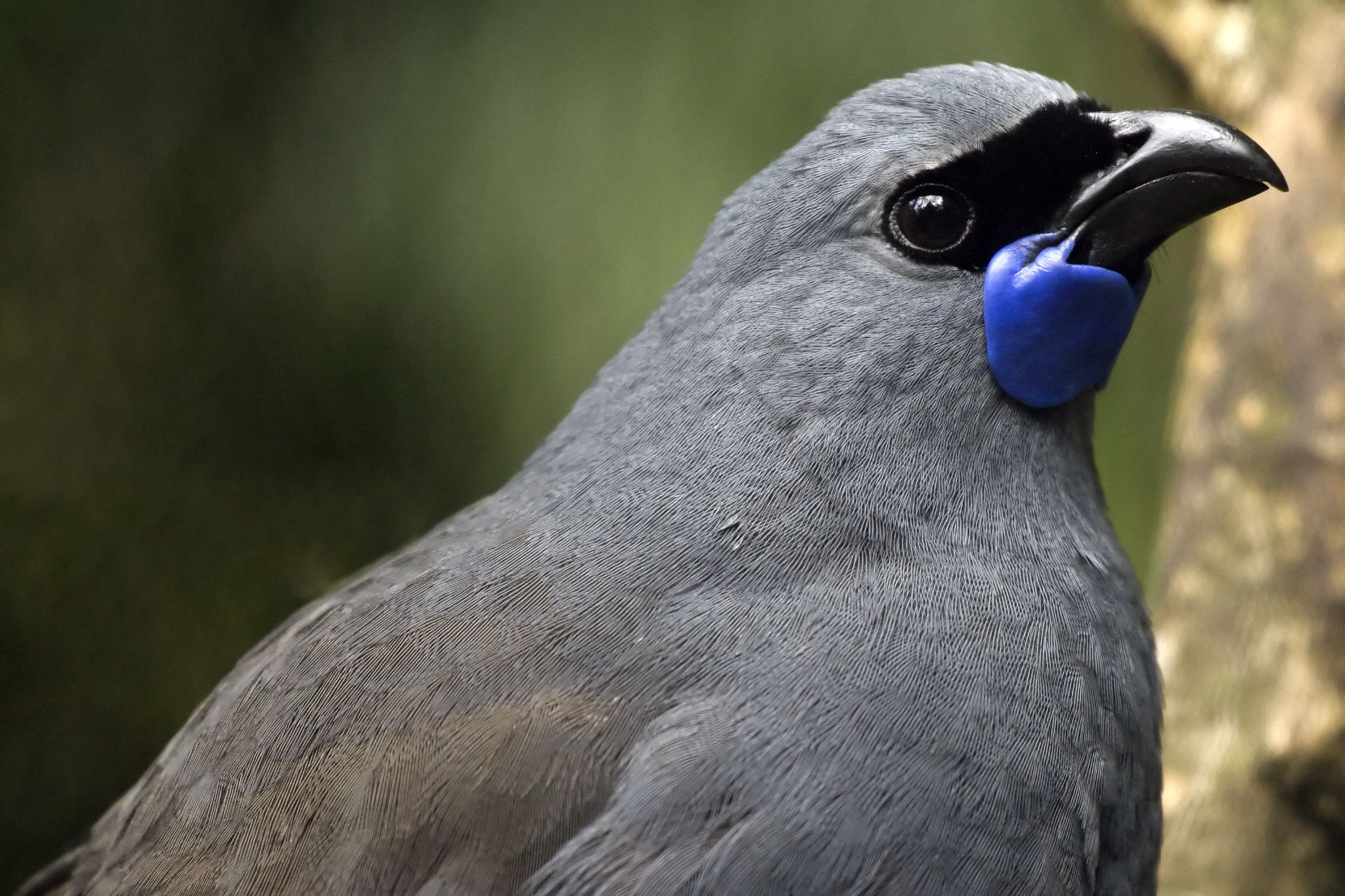I found this paper on kokako songs very interesting:
Valderrama, S. V., Molles, L. E., & Waas, J. R. (2013). Effects of Population Size on Singing Behavior of a Rare Duetting Songbird. Conservation Biology, 27(1), 210-218.
This paper is the latest in a series looking at this endangered New Zealand Bird and its duetting singing behaviour, and this one in particular looked into the relationship between the size and growth rate of a population and the size of the song repertoire, and song sharing. Song repertoire is the number of individual songs produced by one bird.
-Birds that are neighbors share songs which suggests that the function of the kokako's song is defending their territory and home.
-Song repertoire and complexity is probably affected by the amount of social interaction. The amount of social interaction the bird has depends on the size of the population.
In this study the authors looked at six surviving populations and two populations which were created through relocation to reserves, These were
1) Mataraua Forest Reserve, which is home to about 82 birds,
2) Mangatutu Ecological Area, which houses 139,
3) Waipapa Ecological Reserve, which has 230,
4) Mapara Wildlife Reserve, which is home to 174,
5) Rotoehu Forest which supports 55, and
6 Te Urewera National Park which supports 250.
They authors of the study thought that they would see small populations having small song repertoires and more song sharing.
Since the control of predators like rats, possums and stoats all of the six surviving populations have increased in numbers, so the approximate growth rates for each population were calculated (this only included birds in pairs).
Their wonderful songs can be heard from about 1.6 kilometers away and they found 46 pairs that had their songs recorded.
There were 49-62 phrase types in the surviving populations and 30-39 in the relocated populations. The repertoire size became larger when population size became larger and when the growth rate became higher, however the song sharing rate decreased when the population became larger.

